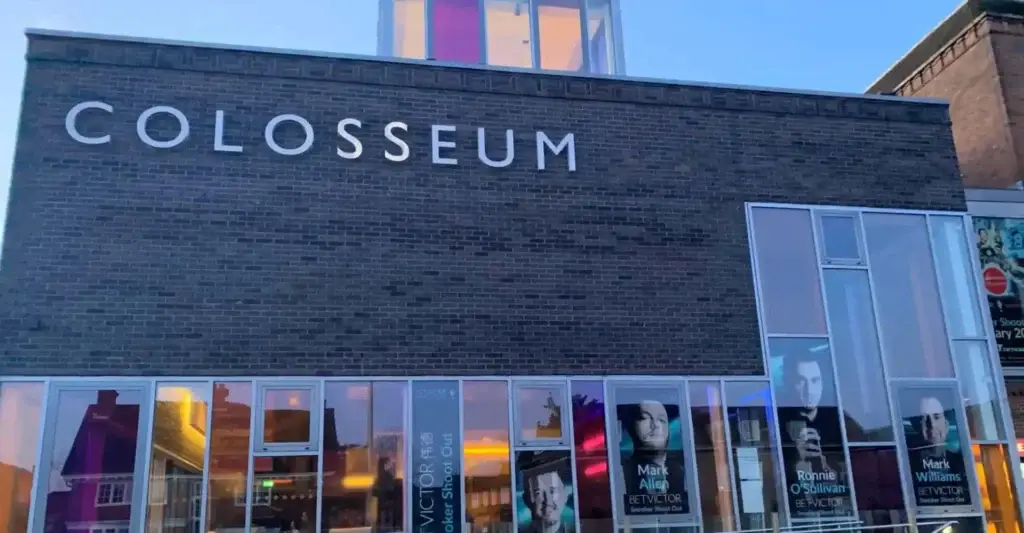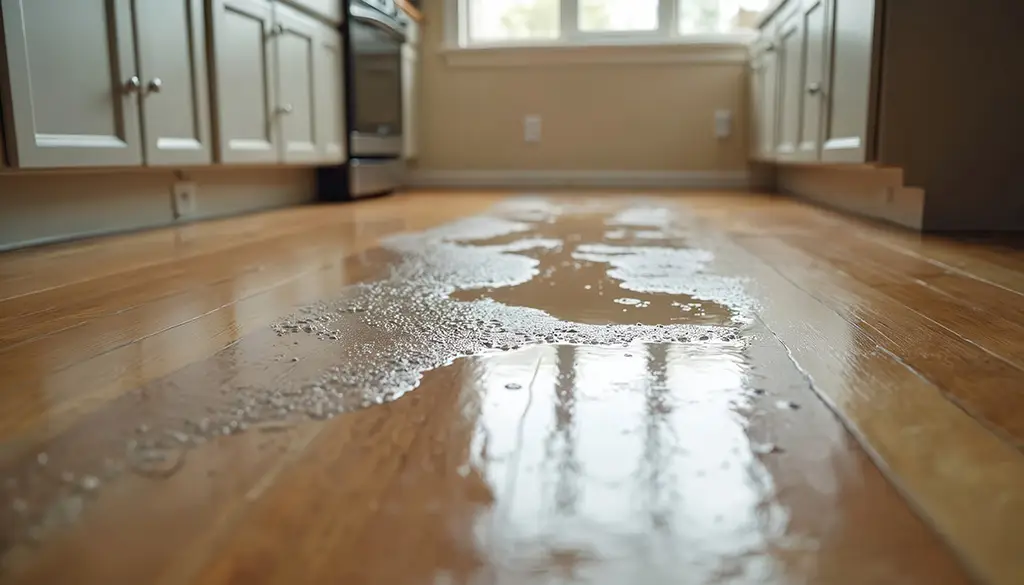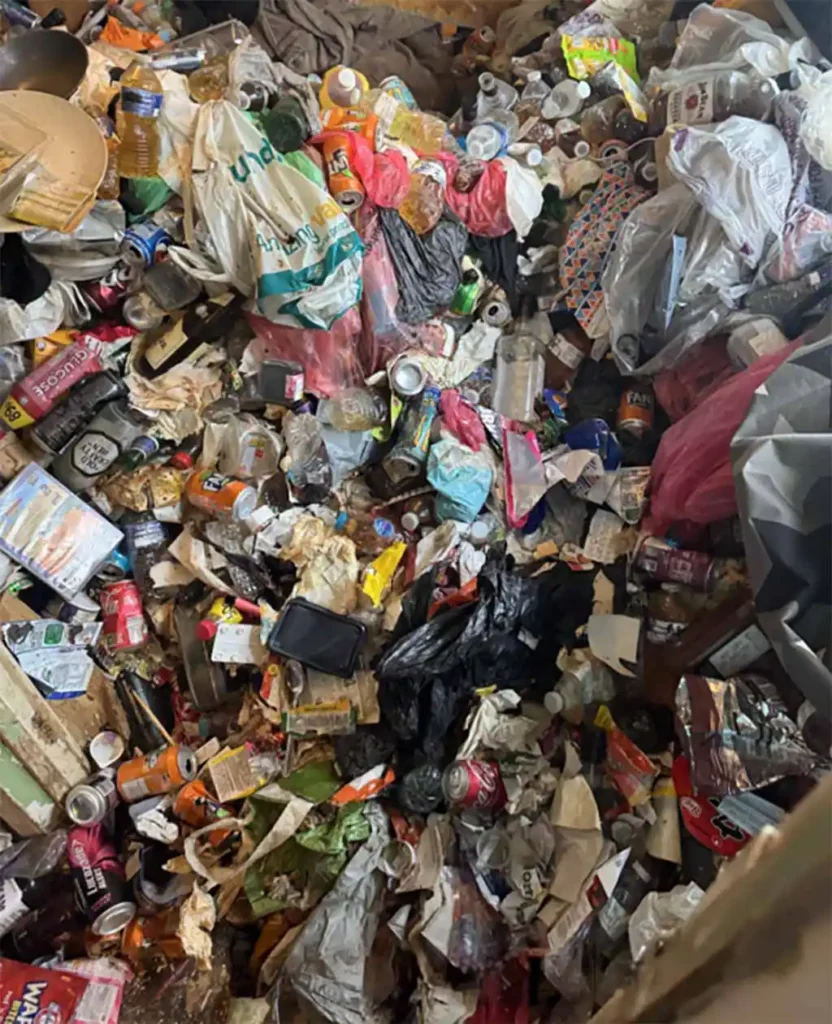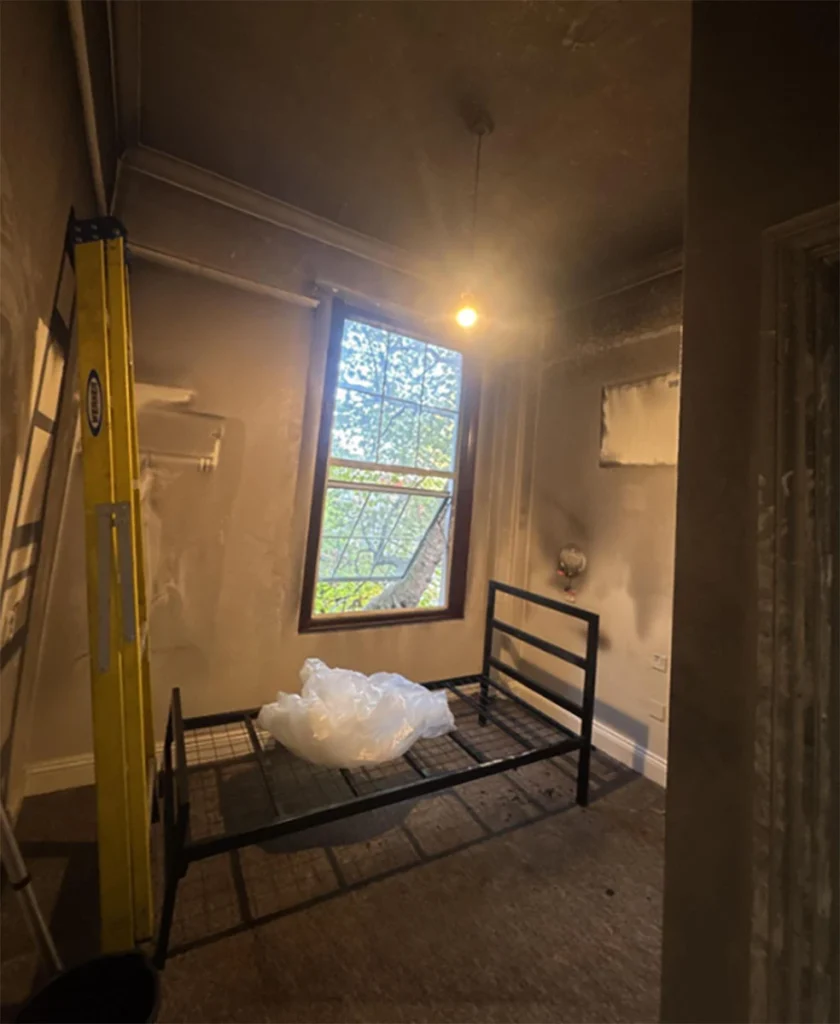The Problem: Water damaged heritage property
When it comes to heritage buildings, moisture damage presents a serious risk to both structural integrity and historical preservation. In the UK, over 5,000 listed buildings are recorded as being at risk annually, with water ingress being one of the most common threats. Issues like aging roofs, blocked gutters, and outdated drainage systems often go unnoticed until significant damage occurs.
This was the case at a listed building undergoing refurbishment, where ongoing issues such as leaking roofs, blocked downpipes, and insufficient drainage had led to secondary water damage, particularly affecting the perimeter walls of a large auditorium.
The challenge was significant:
- The building’s heritage status meant that any intervention had to be non-invasive and sympathetic to the structure.
- The height and scale of the auditorium made conventional drying methods inefficient.
- Ongoing refurbishment works meant that delays due to moisture could derail the entire project timeline.
The client required a fast, safe, and highly controlled specialist drying solution that would eliminate moisture without compromising the building’s historical features.
The Solution: Targeted mechanical drying
Ideal Response was called in to deliver a targeted mechanical drying programme, tailored specifically to the unique architecture and constraints of the listed auditorium.
Step 1: Strategic drying design
Given the size of the space and the localised nature of the water damage, our team devised a precision drying plan. We constructed two enclosed “air tanks” within the auditorium by:
- Erecting scaffolding along the perimeter walls.
- Wrapping each enclosure in fire-retardant polythene sheeting, isolating the moisture-affected zones.
- Minimising the volume of air to process, thereby enhancing drying efficiency.
Step 2: Advanced drying equipment deployment
We stationed a Trotec 8200 industrial desiccant dehumidifier in the centre of the auditorium. This high-performance unit is ideal for heritage drying projects, by offering consistent, low-humidity airflow for controlled evaporation whilst being compatible with sensitive environments.
We then ducted the dry air into each of the enclosed zones. To further enhance drying in problem areas with elevated moisture levels. For this we used Vortex air movers at each scaffold level, specifically targeting stubborn damp patches
Step 3: Infrastructure & turnkey support
Because the building’s internal electrical system couldn’t support the drying load, we installed a standalone generator outside the property and ran power cables neatly through existing mechanical & electrical routes, minimising disruption and trip hazards
Along with this, we also managed fuel logistics throughout the 14-day programme, ensuring uninterrupted power supply and providing a complete turnkey drying solution for the client.

The Result
Within 14 days, the moisture levels in both perimeter walls were returned to safe and acceptable parameters, meeting our projected timeline.
- Zero disruption to the wider refurbishment project.
- No damage to the structure or finishes of the listed building.
- Targeted drying programme completed efficiently and safely.
The client was delighted with the speed and effectiveness of the drying process, which allowed them to continue with scheduled works without delay. George McCausland MRICS, Senior Quantity Surveyor, commented:
“Our site required extensive drying out due to historic water ingress issues. Ideal Response mobilised to site as quickly as possible and were extremely diligent with their works considering the heritage nature of the project. Works were completed in a timely manor in line with the agreed programme and we would be more than happy to use Ideal Response for future building drying requirements.”
Contact Ideal Response for bespoke building drying solutions available throughout the UK.





















